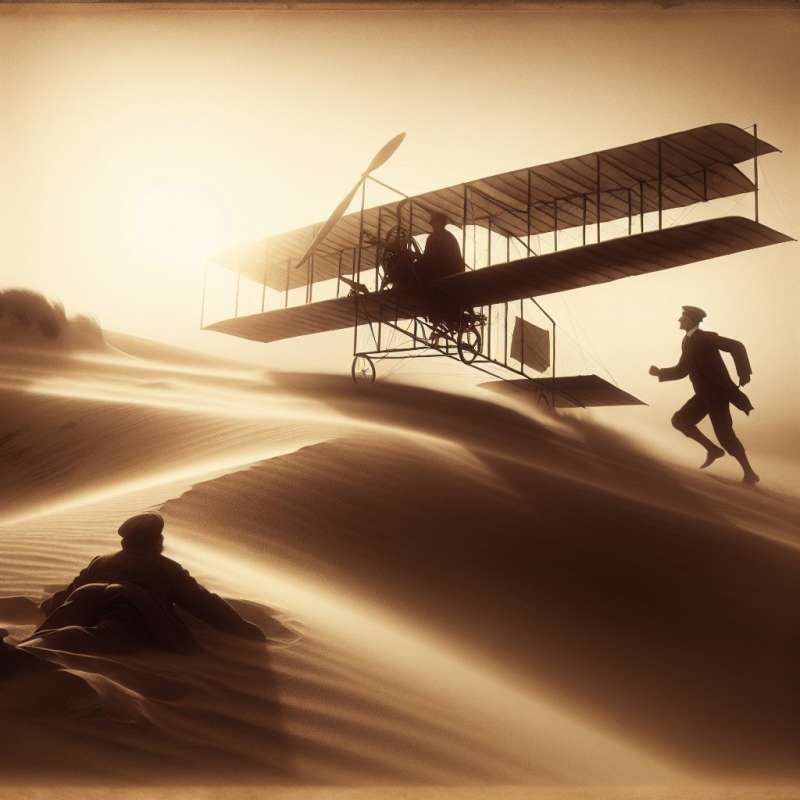
History of Aviation
Flight's history began with the Montgolfier brothers' hot air balloon in 1783. However, the Wright brothers achieved the first controlled, powered flight in 1903, a pivotal moment in aviation.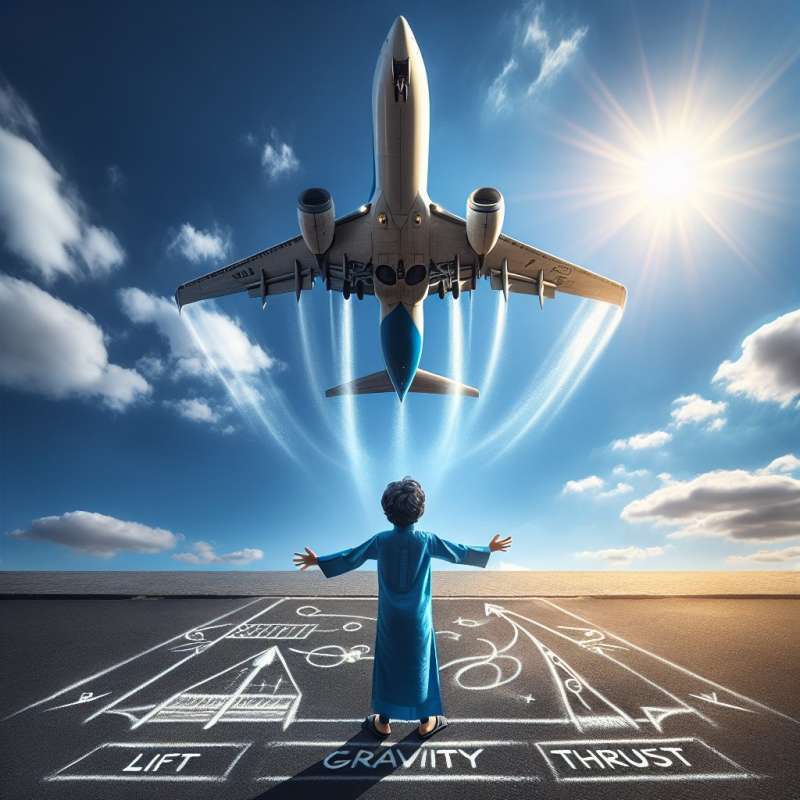
Physics of Flight
Flying relies on four forces: lift, created by wing shape; gravity, pulling towards the Earth; thrust, from engines moving planes forward; and drag, air resistance opposing motion.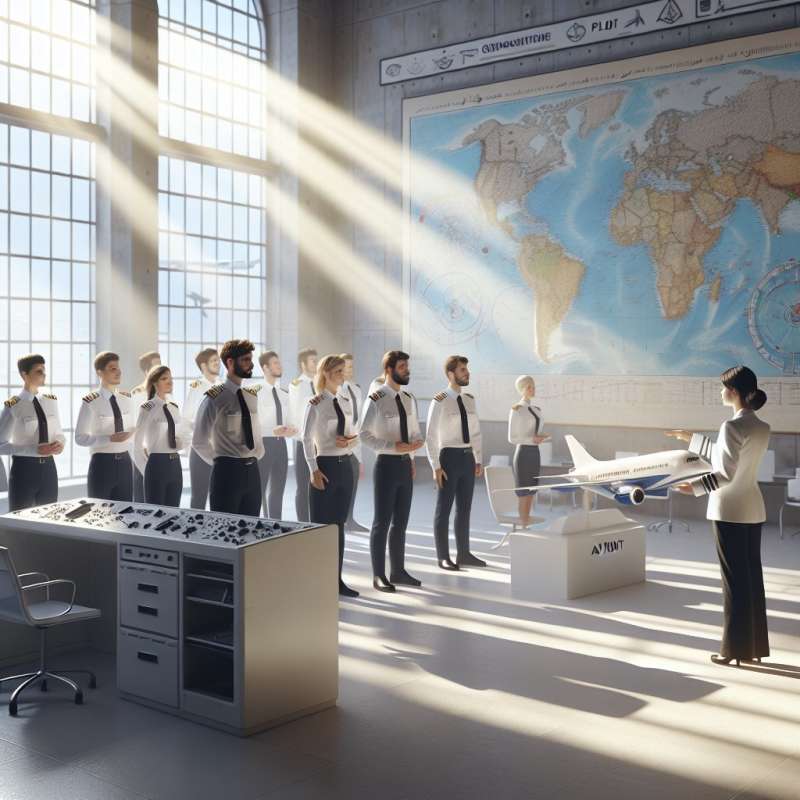
Pilot Training Essentials
Pilots undergo rigorous training, starting with ground school for theory, then flight simulators, before actual flight practice. It can take over 1,500 hours to qualify for commercial airlines.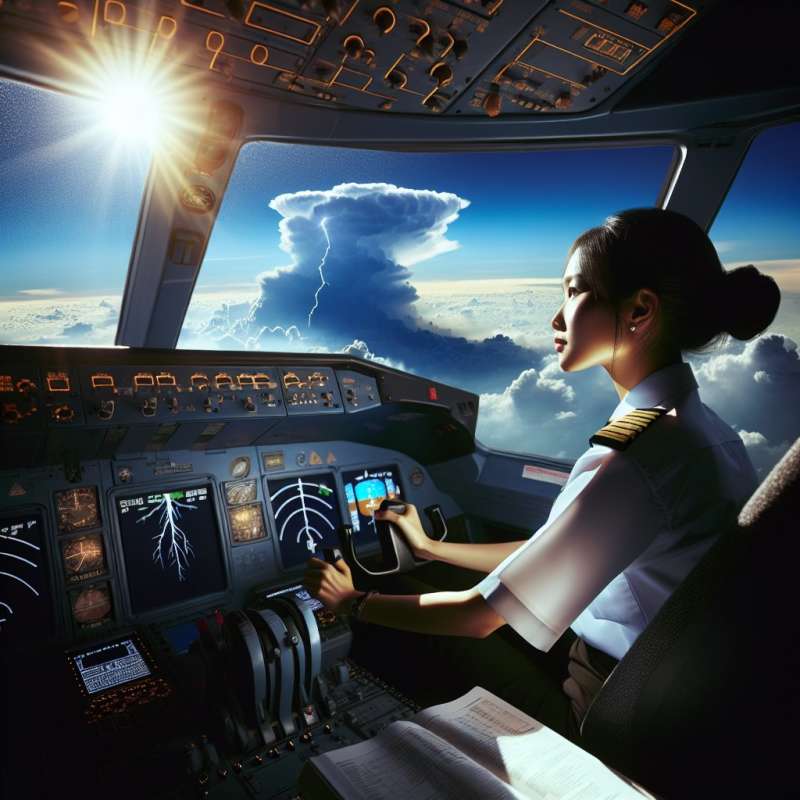
Weather Impact
Weather greatly affects flying. Pilots must understand meteorology to navigate turbulence, avoid severe storms, and ensure passenger safety. Surprisingly, lightning strikes are common but rarely cause damage due to aircraft design.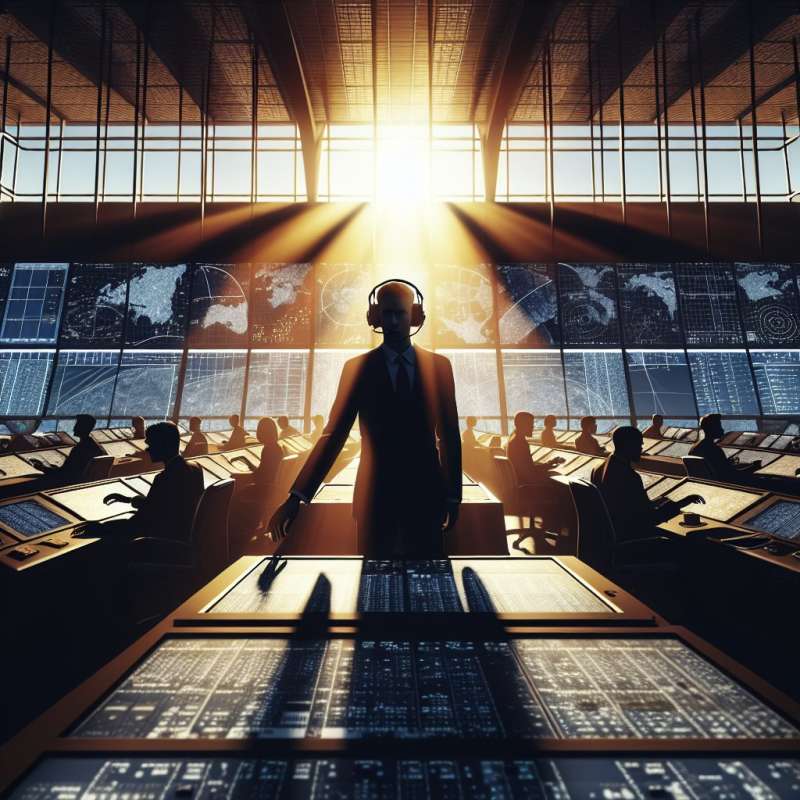
Air Traffic Control
Air Traffic Control (ATC) is integral to flight safety, handling over 100,000 flights per day globally. ATC manages traffic flow, provides pilots with vital information, and prevents collisions.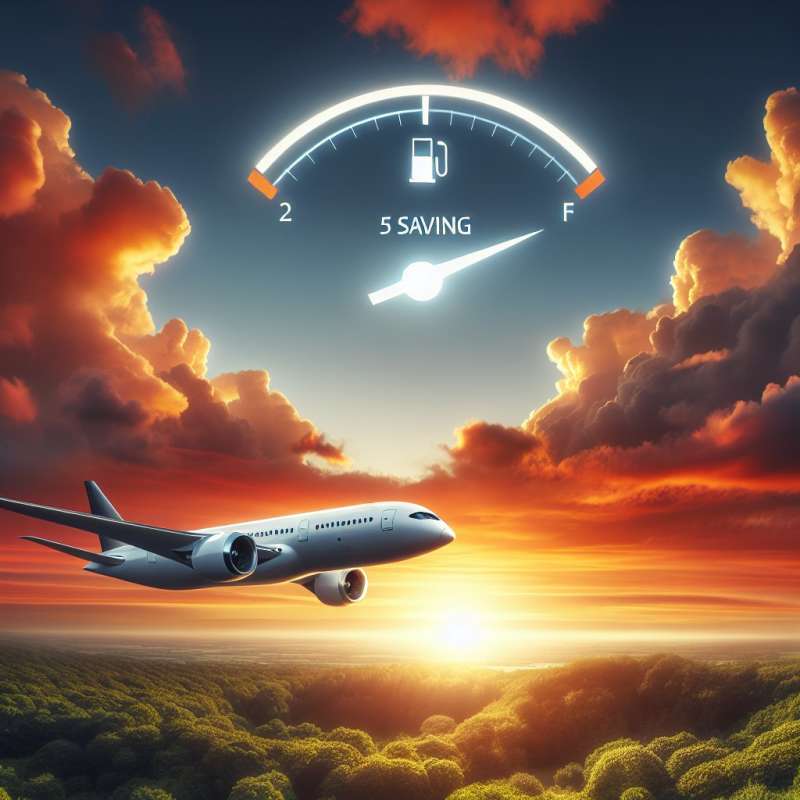
Aircraft Fuel Efficiency
Modern airplanes are increasingly fuel-efficient. New materials and engine designs have cut fuel burn significantly, some up to 25% more efficient than their predecessors, benefiting both economics and environment.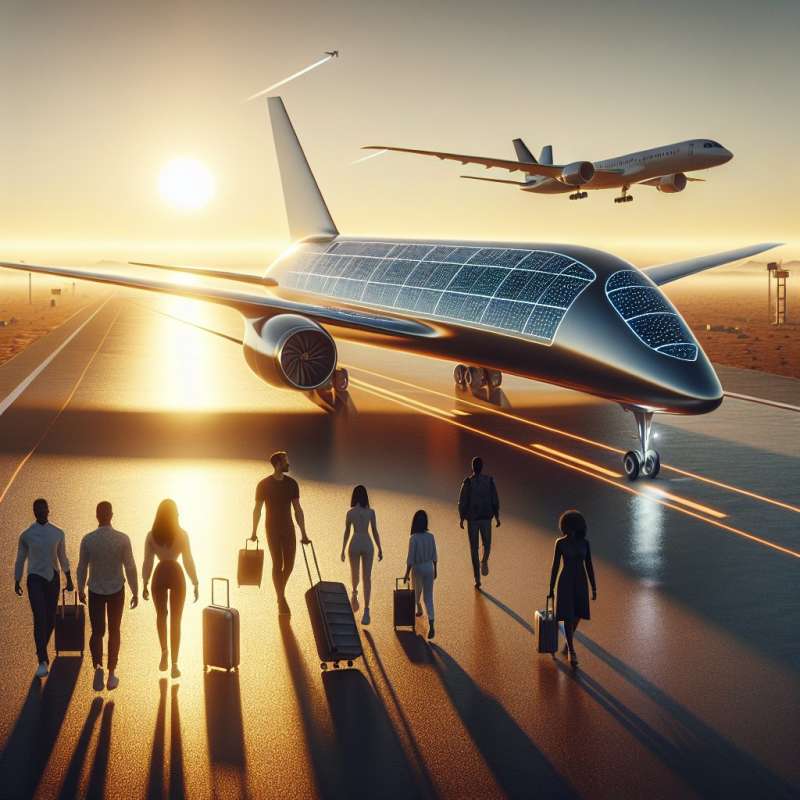
Future of Flying
Aviation's future may surprise you with electric airplanes, autonomous flights, and supersonic travel, aiming to decrease emissions, increase safety, and reduce travel time globally.
Who flew the first controlled, powered flight?
Montgolfier brothers in 1783
Wright brothers in 1903
ATC in the 20th century
Company